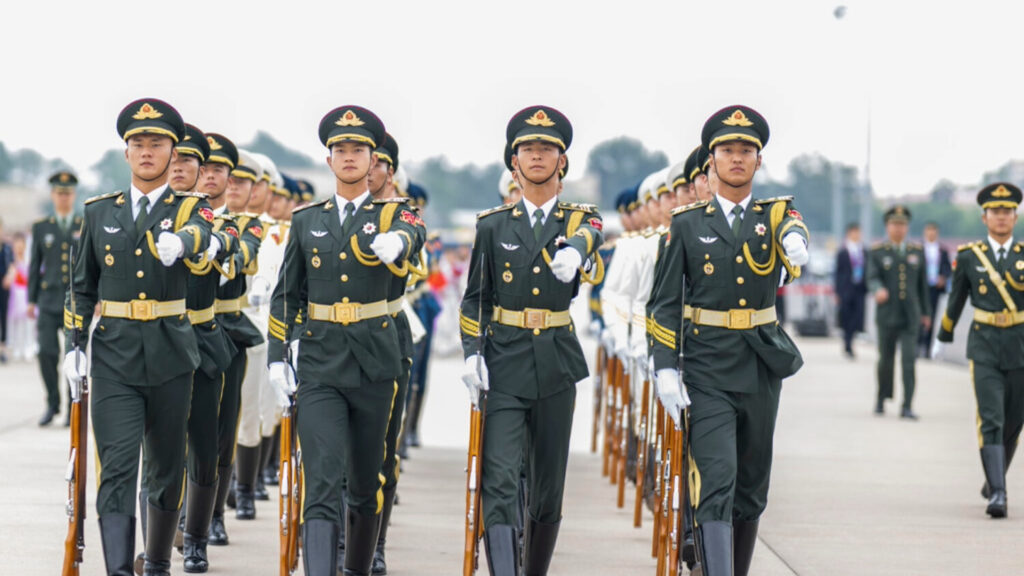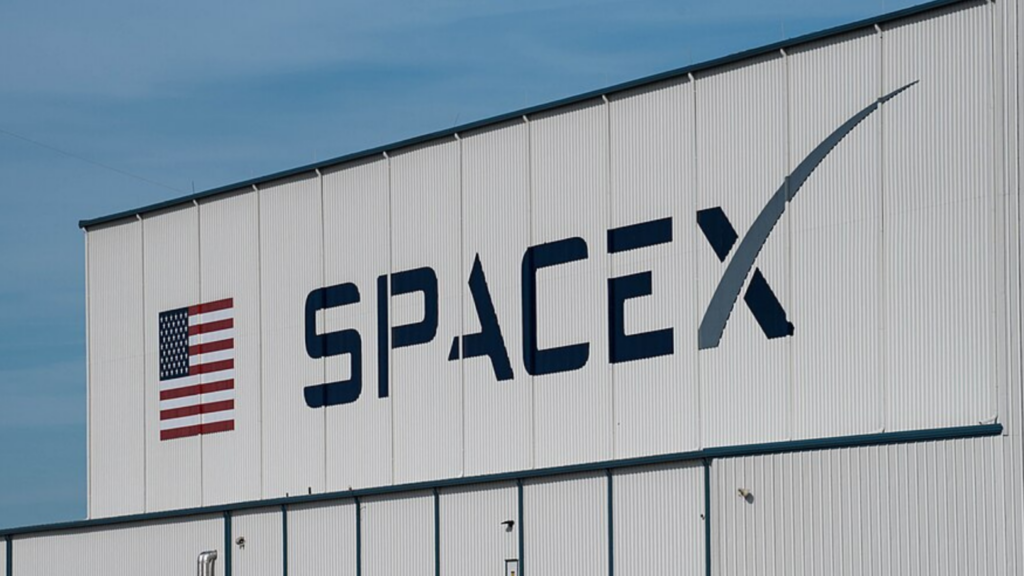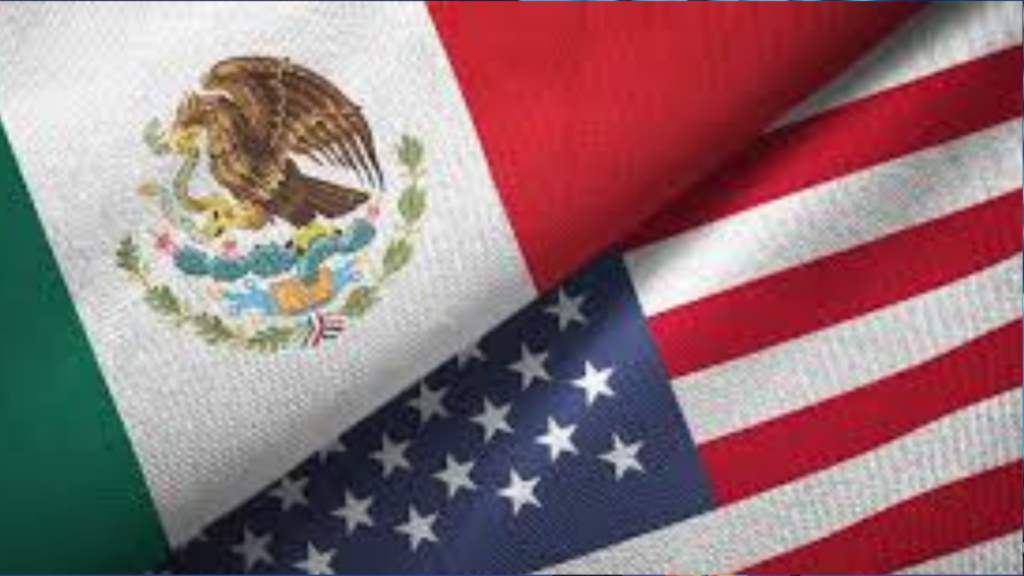Rare Earth Rivalries: the Geopolitical Rise of Critical Minerals
Control over critical mineral supply chains sits at the heart of strategic competition, not only between the United States and China, but among a wider group of resource-rich countries.
Rare earth elements (REEs) have emerged as strategic assets underpinning technological supremacy, military capability and the transition to clean energy. These minerals are vital components in a vast array of modern objects, from smartphones and electric vehicles, to guided missile systems and wind turbines. As global demand for REEs surges, control over their supply chains is reshaping international alliances as well as national economic and security policies.
China’s Monopoly
Since the 1990s, China has positioned itself as the dominant player in the rare earths market. It currently accounts for over 60 per cent of rare earth production worldwide and nearly 85 per cent of refining capacity (OECD, 2023). This dominance has not occurred by chance. Through deliberate state subsidies, lax environmental regulation and a vertically integrated supply chain, Beijing has outcompeted Western producers and effectively built a strategic chokepoint.
China’s export restrictions on REEs in 2010, following a maritime dispute with Japan, offered an early demonstration of their geopolitical leverage. While the World Trade Organization ruled the restrictions illegal in 2014, this signalled a new era of economic coercion wherein access to critical minerals could be used as geopolitical bargaining chips (Kuo, 2021).
The West’s Awakening
In response to China’s dominance, the United States, the European Union and allied countries have begun prioritising rare earth security. Washington’s Inflation Reduction Act (2022) and the CHIPS and Science Act (2022) include provisions to strengthen domestic mining and processing capacity. Simultaneously, the Department of Defense has designated REEs as critical to national security, prompting the Pentagon to invest directly in domestic producers (US DoD, 2023).
Europe, too, has acted. The EU Critical Raw Materials Act (2023) sets clear benchmarks for self-sufficiency, requiring at least 10 per cent of rare earths to be mined and 40 per cent processed within the bloc by 2030 (European Commission, 2023). However, progress remains uneven, hindered by permitting delays, environmental concerns and ‘Not In My Back Yard’ (NIMBY) resistance.
The Rise of ‘Resource Diplomacy’
As the West seeks to diversify supply chains, developing countries rich in rare earths are gaining newfound geopolitical relevance. African nations such as Malawi and Burundi, and Southeast Asian states including Vietnam and Myanmar, are emerging as critical players. These countries now find themselves courted by both Chinese and Western investors, creating an environment of strategic competition reminiscent of Cold War-era resource diplomacy.
Australia, already a top rare earth producer, is leveraging its democratic credentials and resource wealth to position itself as a ‘trusted supplier’ for the West. Canberra has deepened cooperation with Washington through the Quad alliance and funding has flowed into projects like the Lynas Rare Earths facility – the only significant non-Chinese processor globally.
Environmental and Ethical Complexities
But the scramble for REEs is not without its costs. Their extraction is notoriously polluting involving radioactive byproducts and significant land disruption. In China’s Inner Mongolia region, for example, decades of lax environmental enforcement have left toxic lakes and devastated ecosystems. Similarly, in Myanmar’s Kachin State, illegal mining operations tied to Chinese entities have fuelled both environmental degradation and regional instability.
Calls for sustainable sourcing have grown louder. Environmental, Social and Governance (ESG) standards are becoming prerequisites for investment – particularly in Western jurisdictions. However, balancing environmental safeguards with the urgency of securing supply remains a policy dilemma. For developing countries, the question is acute: how to harness mineral wealth without replicating the ‘resource curse’ pattern seen in fossil fuel economies.
Circular Economy Hopes
In parallel with new mining, technological innovation offers partial relief. Research into REE recycling, particularly from electronic waste and industrial magnets, is accelerating. Japan and South Korea have pioneered urban mining initiatives, recovering REEs from discarded consumer electronics. Meanwhile, advances in materials science aim to reduce or eliminate altogether dependence on certain REEs through substitution or magnet-free designs (Kawabata, 2022).
Still, such alternatives remain limited in scope and scalability. As of 2024, recycled REEs contribute less than 5 per cent of global supply (IEA, 2024). Moreover, technological breakthroughs will not significantly alter the geopolitics of rare earths in the short term.
Minerals as Strategic Power
The contest for rare earths is emblematic of a broader realignment in the global order. Control over critical mineral supply chains now sits at the heart of strategic competition, not only between the United States and China, but among a wider group of resource-rich countries. The years ahead will likely see the increasing weaponisation of supply chains, deeper alliances based on resource access and a more pronounced convergence between environmental policy and national security. In this new era, those who control the minerals will control the future – technologically, economically, and geopolitically.
Bibliography
European Commission (2023) Critical Raw Materials Act: Secure, Sustainable and Resilient Supply Chains. Brussels: European Commission.
Fleck, A. (2025) Infographic: Where Are the World’s Rare Earth Metals?, Statista Daily Data. Statista. Available at: https://www.statista.com/chart/33754/countries-with-the-greatest-known-reserves-of-rare-earths/.
International Energy Agency (IEA) (2024) The Role of Critical Minerals in Clean Energy Transitions. Paris: IEA.
Kawabata, T. (2022) ‘Urban Mining and Rare Earth Recovery in Japan’, Journal of Sustainable Materials, 11(4), pp. 217–229.
Kuo, J. (2021) ‘Geopolitical Risks in the Rare Earth Supply Chain’, Strategic Studies Quarterly, 15(2), pp. 59–83.
Organisation for Economic Co-operation and Development (OECD) (2023) Critical Materials Outlook. Paris: OECD.
United States Department of Defense (US DoD) (2023) Rare Earths and National Security: A Strategic Assessment. Washington D.C.: U.S. Government Publishing Office.
Visual Capitalist (2025) China is Dominating Rare Earth Metals Production, Voronoiapp.com. Available at: https://www.voronoiapp.com/natural-resources/China-is-Dominating-Rare-Earth-Metals-Production–1793 (Accessed: 15 April 2025).



